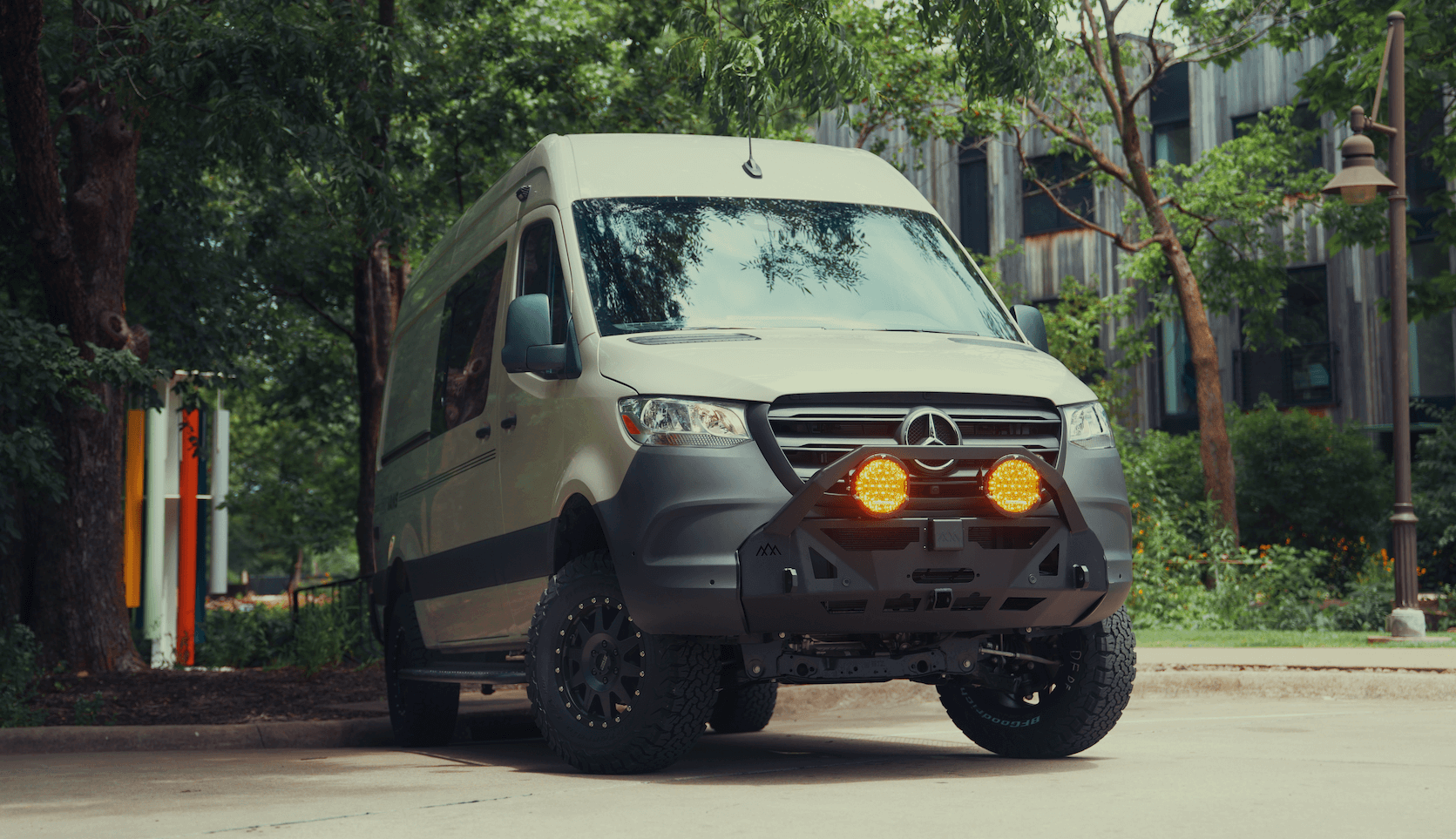Recreational Vans

A wheel well water tank is shaped to hug the rear wheel arch so you reclaim floor space without sacrificing capacity. By occupying an area that is usually dead space, it frees your galley, bed, and storage zones for better layouts. Because the tank sits low and near the axle, it helps the van feel stable on rough roads and in crosswinds. Typical sizes range from 10 to 25 gallons on one side, with some builders mirroring tanks on both sides when longer range is needed. This approach is popular in camper vans, moto haulers, and minimalist adventure rigs that value clean interiors.
Conventional rectangular tanks often demand a cabinet or box, which can crowd aisle space. Wheel well tanks contour around the arch, allowing wider beds, deeper drawers, or a longer countertop. They also make it easier to keep heavy items forward of the rear doors, which helps reduce porpoising and rattles. The result is a tidier cabin and a layout that feels open.
Water weighs about 8.34 pounds per gallon. Placing that mass down low and near the axle limits body roll and keeps the center of gravity predictable. Compared to high cabinets or rear overhang mounts, a wheel well location can reduce pitching and improve braking feel, especially on mountain descents and loaded travel days.
Single side tanks in the 13 to 20 gallon range are common for weekend travel. Long range builds might run dual tanks, one per side, and tie them together with a balance line or manage them with valves. Think through your consumption patterns for cooking, drinking, and showers to size appropriately without carrying unneeded weight.
Most wheel well tanks are rotationally molded polyethylene with food grade interiors. Stainless steel appears in specialty builds where abrasion or heat proximity is a concern, but it is heavier and costlier. Whatever the material, the tank should be supported by a shaped cradle or brackets and isolated from vibration. Use soft straps or padded mounts and keep fasteners serviceable.
Opaque polyethylene blocks light to reduce algae growth. If you camp in colder seasons, consider closed cell insulation and strategic ducting from the living area. Insulating the lines is as important as insulating the tank; the most common freeze points are fittings and taps, not the main body.
Every safe system has four essentials: a fill, a vent, a pump, and a drain. A sealed marine deck fill prevents splash back, and a vent line higher than the tank stops vacuum lock. A demand pump with an accumulator smooths flow and reduces cycling noise. Add a low point drain for winterizing and a service valve so you can isolate the tank during maintenance.
Where temperatures dip, add heat tape in targeted zones and avoid exterior routing wherever possible. Sanitize the system periodically with a mild chlorine solution, then flush with potable water until odor free. Replace hoses when they stiffen or discolor, and use NSF listings for any potable fittings. A simple inline sediment screen ahead of the pump protects valves and fixtures.
Wheel arch dimensions differ by platform, so confirm radius and depth before ordering or fabricating. Sprinter, Transit, and Promaster arches all vary slightly, and tire size changes clearances. Leave room for suspension travel and for service access to lugs and liners. If the van carries a rear heater or ancillary components, route around them thoughtfully.
Sprinter arches tend to have the most aftermarket options with matched contours. Transit arches taper differently toward the rear door, so pay attention to outlet location. Promaster’s square geometry helps with cabinetry but still requires careful bracket placement to avoid rubbing on inner skins.
Keep fasteners away from wiring looms and brake lines. Use wide load spreaders on thin sheet metal and verify nothing interferes with jack points or spare tire mechanisms. After installation, cycle the suspension on ramps and listen for contact. A water filled shakedown drive will highlight any chafe points or air locks.
Store drinking water in opaque tanks or use a separate sealed container with a dedicated tap. Carbon filtration improves taste, while a UV or hollow fiber stage adds assurance when filling from uncertain sources. Label non potable lines clearly if you mix uses for utility or exterior sprays.
When a van needs quiet plumbing, tidy routing, and reliable mounting, professional integration matters. OZK Customs designs water systems that respect handling, serviceability, and day to day usability while protecting your layout choices. If you are planning a full build or an upfit that adds a wheel well water tank alongside power, heat, and storage, our team can package the system to suit your travel style.
Let us configure your space saving wheel well water tank, tune the balance, and deliver a clean handoff so you can hit the road with confidence. Recreational vans Custom build vans Mainstream vansReady to gain space and range with a professional wheel well water system? Tell us how you travel and we will design and install a clean, quiet, reliable setup that fits your van and your trips. Submit the form and lock in your build slot with OZK Customs.
ADDRESS:
6159 E Huntsville Rd, Fayetteville, AR 72701
PHONE:
(479) 326-9200
EMAIL:
info@ozkvans.com